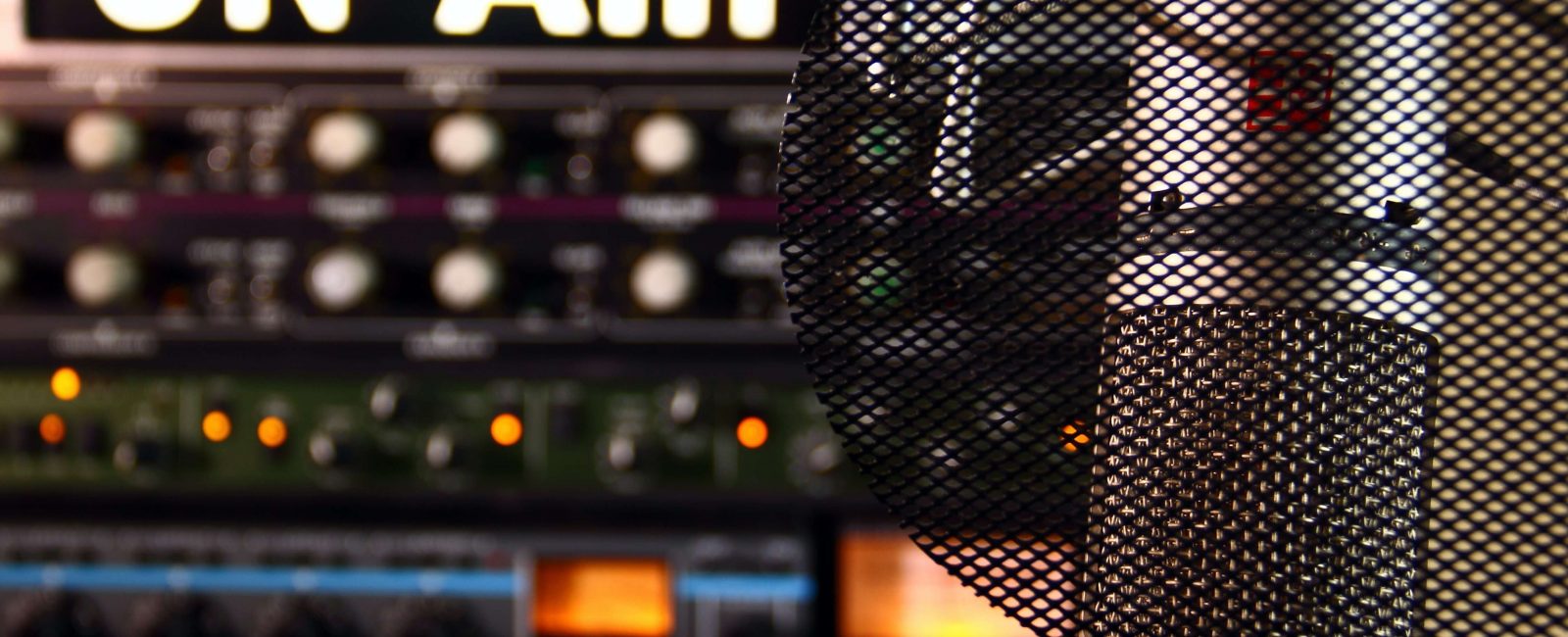2021 is marking a new era for entertainment, with the rise of streaming bringing about huge changes for the future of broadcast TV. With this long-standing and well-known medium now taking a back seat to new entertainment technologies, it’s no surprise that many believe that broadcast TV is becoming a dying art. However, this field has long been known for its ability to adapt and innovate, meaning that rather than accept defeat by streaming TV, broadcast TV is changing and reinventing itself in order to ensure that it stays relevant in a world of in-demand entertainment. With broadcasting changing quite dramatically in order to keep up, here’s what you can expect from the industry in 2021.
OTT Content Platforms
AppleTV, Amazon Fire and Roku are just some of the biggest names in the ever-increasing group of over the top (OTT) content delivery systems which are now commonplace in more and more homes around the world. While this has caused a rise in streaming services such as Netflix, for local broadcasters and television channels, it also means that there is new territory to claim. Many TV channels are now introducing online streaming apps to ensure that they can claim a spot on OTT delivery systems like Red Bee Media. Red Bee Media offers a managed OTT platform with over a million monthly subscribers, allowing TV channels more opportunities to reach audiences by presenting their content in a new, tech-savvy and modern way.
Changing Broadcast TV with Technology
While broadcast TV faces a huge amount of pressure to adapt to the changing entertainment industry, it’s well-timed with several new technologies that have made it possible for broadcasters to approach their work in a smarter and more effective way. Smartphone technology has forever changed the way that we consume broadcast TV with more mobile-friendly videos, apps, and other tools that are used to keep in touch and connect with the audience, while augmented intelligence has certainly worked well for many broadcasters who need to find the balance between automation and personalisation for viewers.
Connections with Viewers
One key trend that is going to separate the evolving broadcasters from the ones that are lagging behind is how well they are able to make connections both with and for their users. Today’s broadcasters are often churning out even more content than ever before in terms of both variety and volume, but some are having more success than others – and it’s not necessarily down to the type of content that they are producing. Broadcasters that are not only delivering the facts but also connecting the dots and demonstrating a clear understanding of the practical needs of users tend to be more relevant and more popular.
Up-to-Date Information
Today, consumers are able to access real-time information at any time that they like, which has created a new challenge for TV channels. People are no longer waiting around for the evening news to be broadcast on television to find out what has happened during the day, and many will likely already be aware of the stories from social media, news websites, and other channels. Weather forecasts become irrelevant after just a few hours and local news channels are unlikely to capture much interest when covering very broad areas. Because of this, many of the frontrunners in the broadcast TV industry have had to completely shift their focus to ensure that viewers are able to get that up-to-date, immediate information whenever it is needed. Many TV channels have now introduced 24-hour news streaming services, for example, in a bid to better serve the needs and changing expectations of their viewers.
With the entertainment industry constantly changing, 2021 is set to bring about some huge adjustments for broadcast TV.





